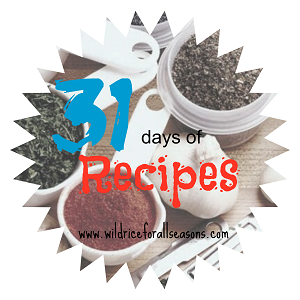31 Days of Awareness: Epidermolysis Bullosa
Epidermolysis Bullosa
Awareness Color: Red
Awareness Week: Last Calendar Week in October.
Epidermolysis Bullosa, or EB is a debilitating and devastating genetic disorder that affects a child from birth. EB is extremely rare - a child has 1 in 50,000 chance of being born with EB - and EB is not specific to any ethnicity or gender.
EB is technically defined as a group of diseases characterized by blister formation after minor trauma to the skin. Practically speaking, a child who suffers from EB lacks a critical protein that binds his or her layers of skin together. This protein acts as the “velcro” that attaches one layer of his or her skin to the other.Without this “velcro,” when this child moves, his or her skin slides apart, blisters and shears off leading to severe pain, disfigurement, and in too many cases, a premature death. A child with a severe form of EB can have a 60% cumulative risk of dying by age 15 and nearly a 100% chance of developing an aggressive, painful and fatal form of skin cancer over the course of his or her shortened life.Symptoms
Symptoms depend on the type of epidermolysis bullosa, but can include:
- Alopecia (hair loss)
- Blisters aound the eyes and nose
- Blisters in or around the mouth and throat, causing feeding problems or swallowing difficulty
- Blisters on the skin as a result of minor injury or temperature change
- Blistering that is present at birth
- Dental problems such as tooth decay
- Hoarse cry, cough, or other breathing problems
- Milia (tiny white bumps or pimples)
- Nail loss or deformed nails
Treament
The goal of treatment is to prevent blisters from forming and complications. How much treatment is needed depends on how severe the disease is. Recommendations often include avoiding skin damage (trauma) and hot environments.
- To prevent infection take very good care of the skin, especially if any blistered areas become crusted or exposed (raw). Follow your health care provider's instructions closely. You might need regular whirlpool therapy and to apply antibiotic ointments to wound-like areas. Your health care provider will let you know if you need a bandage or dressing, and if so, what type to use.
- For swallowing difficulties, your may need to use oral steroids for short periods of time. Long-term steroids for epidermolysis bullosa is generally not recommended. If you also have candida in the mouth or esophagus, you will also need to take medication for that infection.
- Good dental hygiene is very important, including regular dental visits. It is best to see a dentist who has experience treating people with epidermolysis bullosa.
- Proper nutrition is also important. When you have a lot of skin injury, you may need extra calories and protein to help you recover. Work closely with a nutritionist. If you have blisters or complications in the mouth or esophagus, avoid eating hard or brittle foods such as pretzels, nuts, and chips. Eating soft foods can help prevent making the sores worse.
- Working with a physical therapist can help you keep the full range of motion in the joints and minimize contractures.
Skin grafting for denuded or ulcerated areas of the skin may be necessary. Other surgical procedures for complications of epidermolysis bullosa might be recommended. Such surgeries include:
- Dilation of the esophagus if there is a narrowing (stricture)
- Repair of hand deformities
- Removal of of any squamous cell carcinoma that develops
For more information, please visit:













0 comments :
Post a Comment